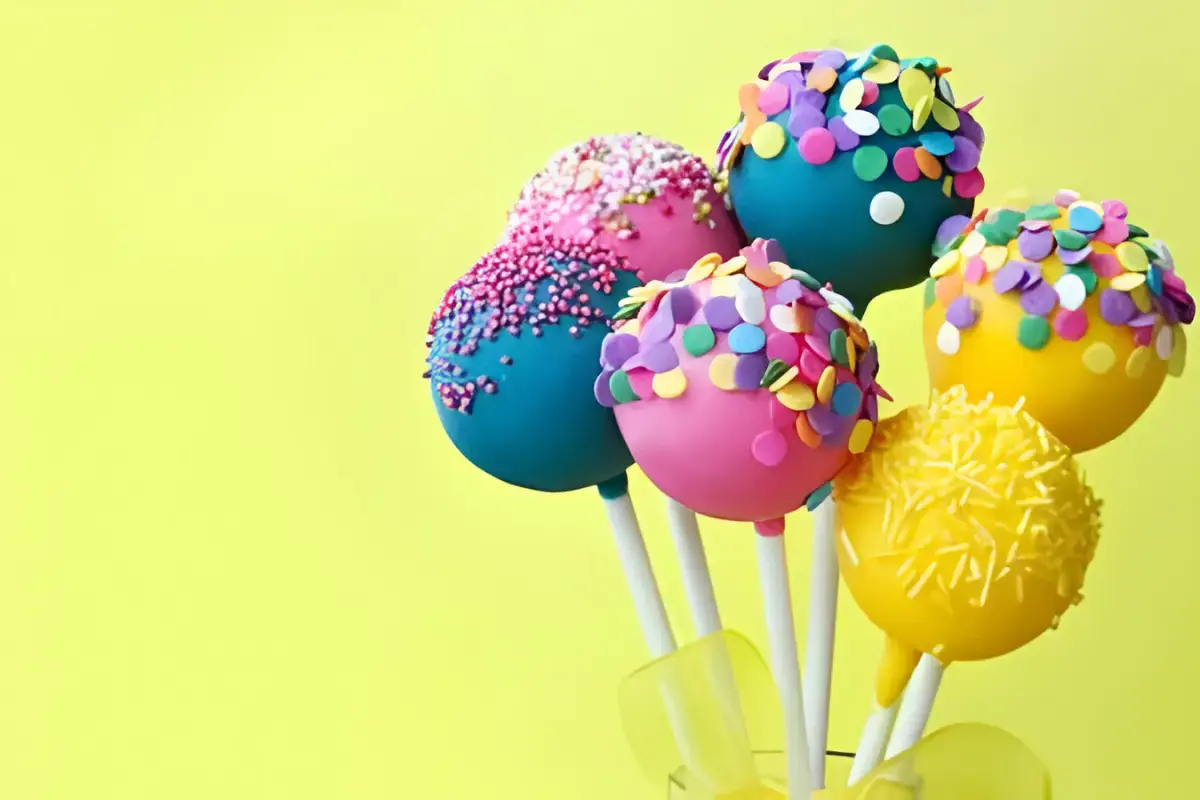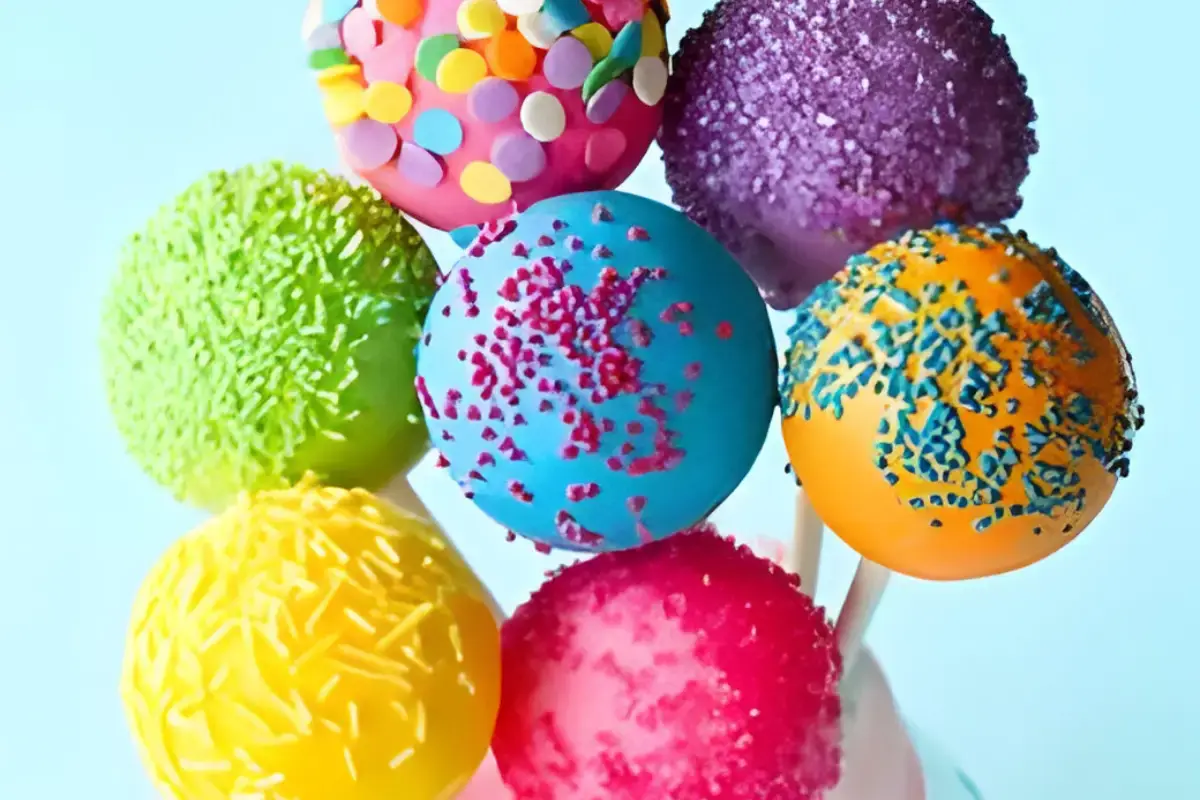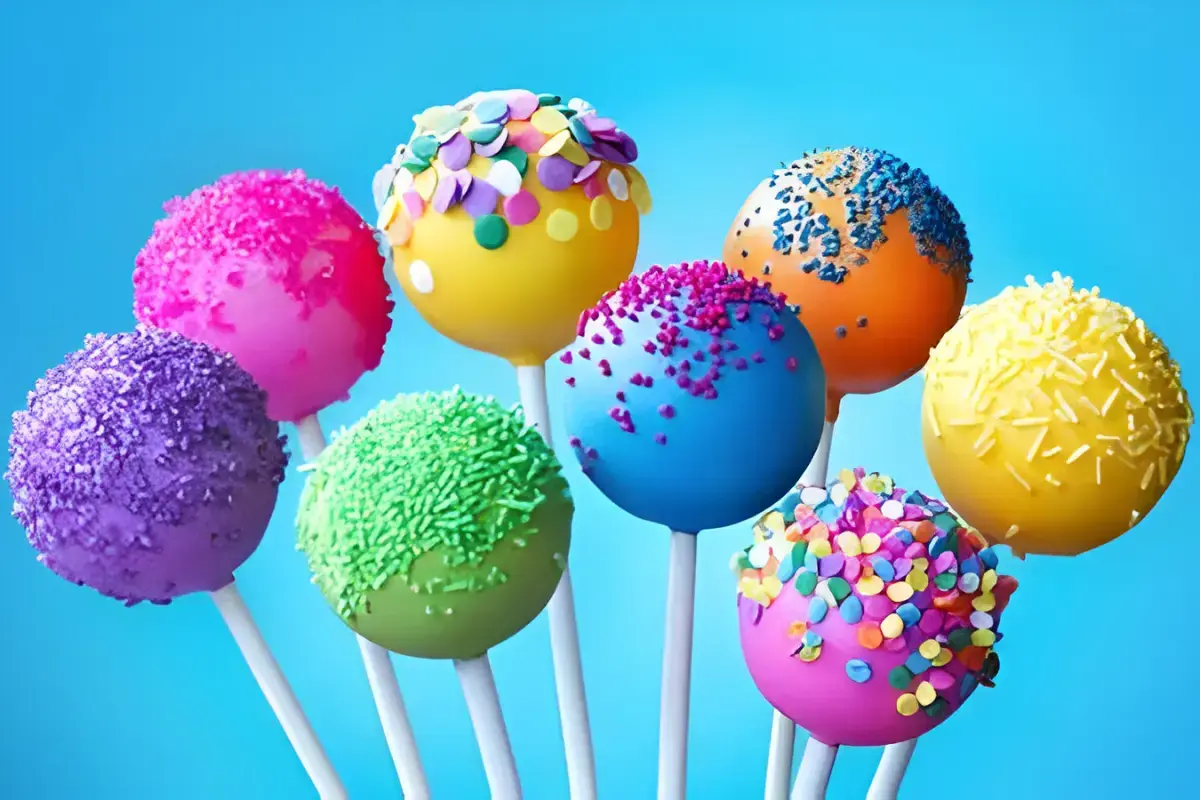Brief History and Popularity
The cake pop’s journey began with a sprinkle of innovation and a dash of creativity. It was popularized by baker Angie Dudley, also known as Bakerella, in the late 2000s. Her simple yet revolutionary idea of combining cake crumbs with icing to form bite-sized balls coated in chocolate captured the hearts (and taste buds) of millions worldwide. Since then, cake pops have become a staple at parties, weddings, and cafes, especially beloved for their versatility and the personalized touch they can bring to any celebration.
Overview of the Article
Throughout this article, we’ll explore every facet of the cake pop, from the basic ingredients and tools you’ll need to the step-by-step process of creating these treats. We’ll also share advanced tips for ensuring your cake pops are flawless, dive into creative variations to inspire your next baking project, and tackle some frequently asked questions to help you perfect your cake pop craft.
So, whether you’re aiming to recreate the classic Starbucks vanilla birthday cake pop, venture into the realm of red velvet, or experiment with no-bake Oreo cake pops, this guide will equip you with the knowledge and skills to become a master at cake pop making. Let’s embark on this deliciously fun adventure together, shall we?
Variations and Creative Ideas
Flavor Variations
When it comes to cake pops, the flavor possibilities are endless, blending classic tastes with innovative twists. Start with traditional favorites like chocolate, vanilla, and red velvet. Then, venture into more adventurous territory with lemon blueberry, salted caramel, or even pumpkin spice for a seasonal treat. Mixing and matching cake and frosting flavors can lead to delightful surprises. Imagine a strawberry cake mixed with cream cheese frosting or a chocolate cake with peanut butter frosting. Each combination offers a unique taste experience, ensuring there’s a cake pop for every palate.
Decorative Ideas
Cake pops are the perfect canvas for creativity, especially when decorating for themes and special occasions. For birthdays, sprinkle them with colorful confetti or match them to the party’s color scheme. Holidays call for themed decorations: think spooky faces for Halloween, red and green sprinkles for Christmas, or pastel colors for Easter. Weddings and baby showers also offer a chance to showcase elegant designs, using white chocolate drizzles, gold dust, or delicate flowers made from fondant. The key is to let the event’s theme inspire your decorations, making your cake pops not just treats but part of the celebration’s decor.
Embracing these variations and creative ideas allows you to tailor your cake pops to any taste or occasion, making them as unique and special as the moments they’re made for. Whether sticking with the classics or experimenting with new flavors and designs, the world of cake pops is yours to explore.
- For a deep dive into the process, check out the Comprehensive Cake Pop Making Guide by Wilton.
- Discover the Origins and Evolution of Cake Pops to appreciate their place in culinary history.
- Follow this Step-by-Step Cake Pop Recipe by Simply Recipes for a practical application of what you’ve learned.



